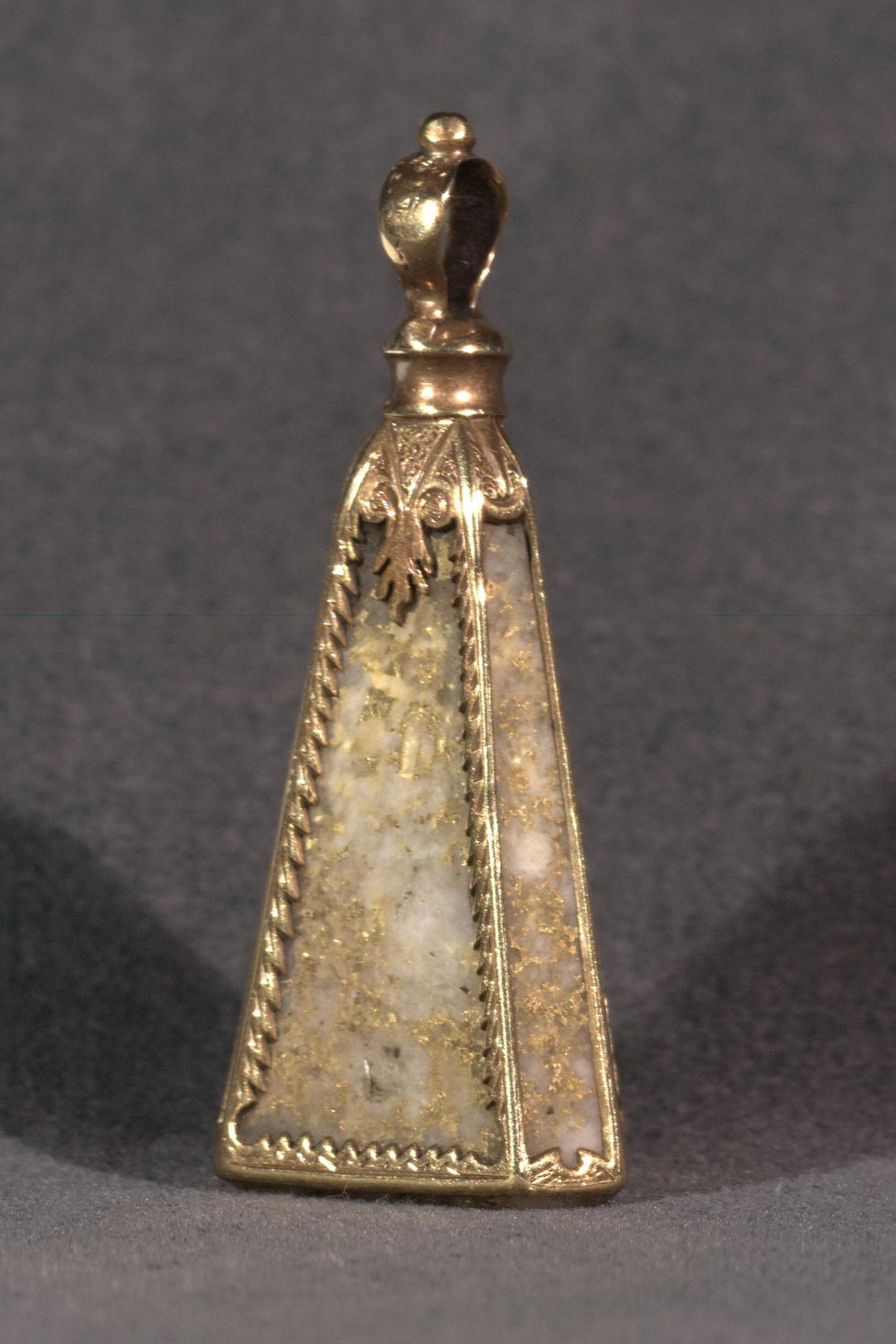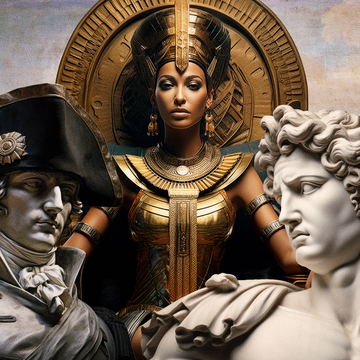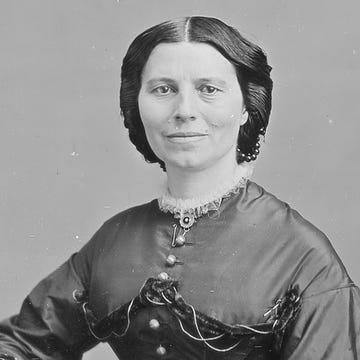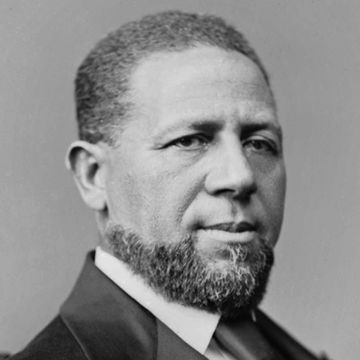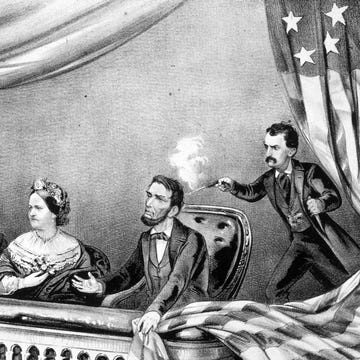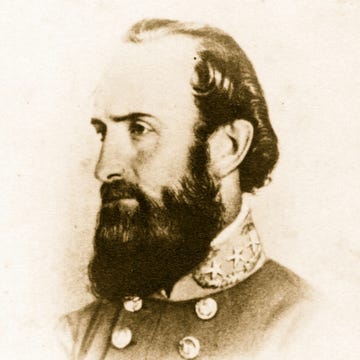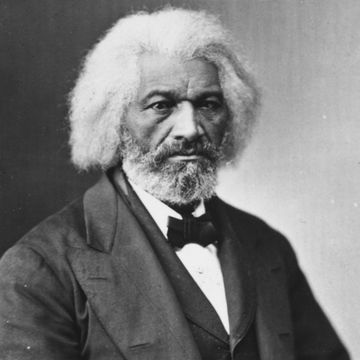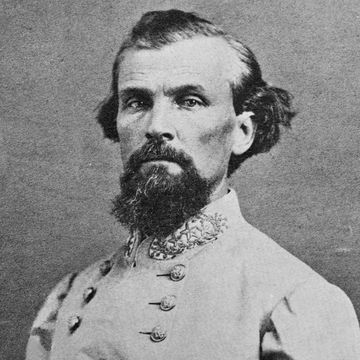On April 14, 1865, President Abraham Lincoln and his wife, Mary, attended a performance at Washington, D.C.’s Ford’s Theatre. It was a rare opportunity for relaxation for the 56-year-old Lincoln, prematurely aged by his struggle to preserve the Union and guide the country through its greatest crisis. But shortly after 10 p.m., his assassin, John Wilkes Booth, fired a single bullet, fatally wounding Lincoln.
Lincoln wore a new, black Brooks Brothers’ overcoat to the theater, a gift from the company to celebrate his second inauguration six weeks earlier. Inside his coat were a number of personal items, some prosaic, some more profound, which became near-relics of that fateful night.
The items remained private for decades
After he was shot, Lincoln was carried to a house across the street from Ford’s Theatre, where he died early the next morning. His personal belongings, including the contents of his coat, were given to his eldest son, Robert Todd Lincoln. They were later passed down to Robert’s daughter, Mary “Mamie” Lincoln Isham, who donated them to the Library of Congress in 1937.
Remarkably, it seems the box remained unopened and unexamined until February 1976, when then-Librarian of Congress Daniel Boorstin revealed the contents of the Lincoln box to the public, on what would have been his 167 birthday.
Lincoln carried several pairs of eyeglasses
Lincoln suffered for a series of visual problems, including strabismus, which made it difficult for him to look people in the eye, and increasingly-worsening farsightedness, forcing him to switch between multiple pairs of glasses for various uses. Inside his coat, Lincoln stashed a pair of slightly-broken gold-rimmed spectacles, which he had partially repaired with a tied piece of string. Inside a silver case was another pair of folding eyeglasses.
The pocket knife found inside his coat was likely used to tighten and repair the glasses, according to Mark Dimunation, the chief of the Library of Congress’ Rare Book and Special Collections division. Lincoln’s coat also contained a gold watch fob, a white handkerchief with the initial “A” embroidered in red and a shirt cufflink engraved with the letter “L.”
Newspaper clippings showed the toll the war had taken on the president
Lincoln carried a brown leather wallet, lined in purple silk, which historians believe he might have received as a birthday gift that February. Tucked inside the wallet were several folded newspaper clippings, some dating back to 1863. The articles charted the course of the war and may have been selected for the solace and support they provided Lincoln.
Two articles detailed the passage of a new state constitution in Missouri, a crucial border state that had considered seceding but had ultimately remained in the Union. The constitution called for the emancipation of enslaved Black people, who had not been freed under the Emancipation Proclamation. Two other clippings contained excerpts from letters, purportedly written by disgruntled southern soldiers expressing their anger at Confederate President Jefferson Davis.
Several articles were complementary pieces about Lincoln and his performance as president, which likely bucked up his often-sagging spirits. Another article included Union General William Tecumseh Sherman’s military orders for his fabled March to the Sea, which helped secure Lincoln’s re-election in November 1864, while the remaining clipping also discussed the election, expressing happiness and relief that Lincoln would remain in office to see the war to its conclusion and help in its aftermath. Which, of course, was not to be.
He was carrying Confederate money
While Lincoln’s wallet had labeled sections for railroad tickets, notes and money, the only cash he was carrying was a $5 bill, issued in 1864 by the Confederate States of America, and featuring an image of the Confederate White House, in Richmond, Virginia and a portrait of Davis.
Lincoln likely got the Confederate money less than two weeks before his death. In early April, Confederate forces abandoned their capital, and two days later, on April 4, Lincoln and his son Tad visited Richmond. They were followed by crowds of former slaves as they traveled through the nearly destroyed city, including a stop at the Confederate White House. Five days later, on April 9, Confederate General Robert E. Lee surrendered to Union General Ulysses S. Grant at Appomattox, ending the bloody, four-year war.
On the evening of April 11, Lincoln made his last public speech, appearing at a window over the White House’s north portico to deliver a somber speech, detailing his plans for the post-war nation, including the introduction of limited Black suffrage. While some worried that Lincoln was not moving quickly enough with regards to Black rights, one onlooker who heard the speech was shocked. Booth, an actor and Confederate sympathizer who had previously planned an aborted kidnapping attempt on Lincoln, now shifted gears, as he and his conspirators shifted their plot to kill the president. Four days later, Lincoln was dead.
A pocket knife and Confederate currency from Abraham Lincoln's pockets the night he was assassinated
" tml-render-layout="inline">A number of objects from that fateful night are on display around the country
Lincoln’s top hat and overcoat are on display at Ford’s Theatre, as is the .44-caliber derringer pistol used by Booth. The lead bullet which ended Lincoln’s life was removed during his autopsy and is now in the collection of the National Museum of Health in Bethesda, Maryland. Another biological specimen, either a piece of a thorax or vertebrae taken from Booth’s body following his death is on display at Philadelphia’s Mütter Museum.
The carriage that Lincoln took to Ford’s Theatre is part of the presidential carriages collection at the Studebaker National Museum in South Bend, Indiana. Lincoln’s walnut rocking chair from the presidential box at Ford’s Theatre is on display at the Henry Ford Museum in Dearborn, Michigan. And the bed in which he died is part of the collection of the Chicago History Museum, located just 200 miles from Lincoln’s burial site, in his adopted hometown of Springfield, Illinois.


